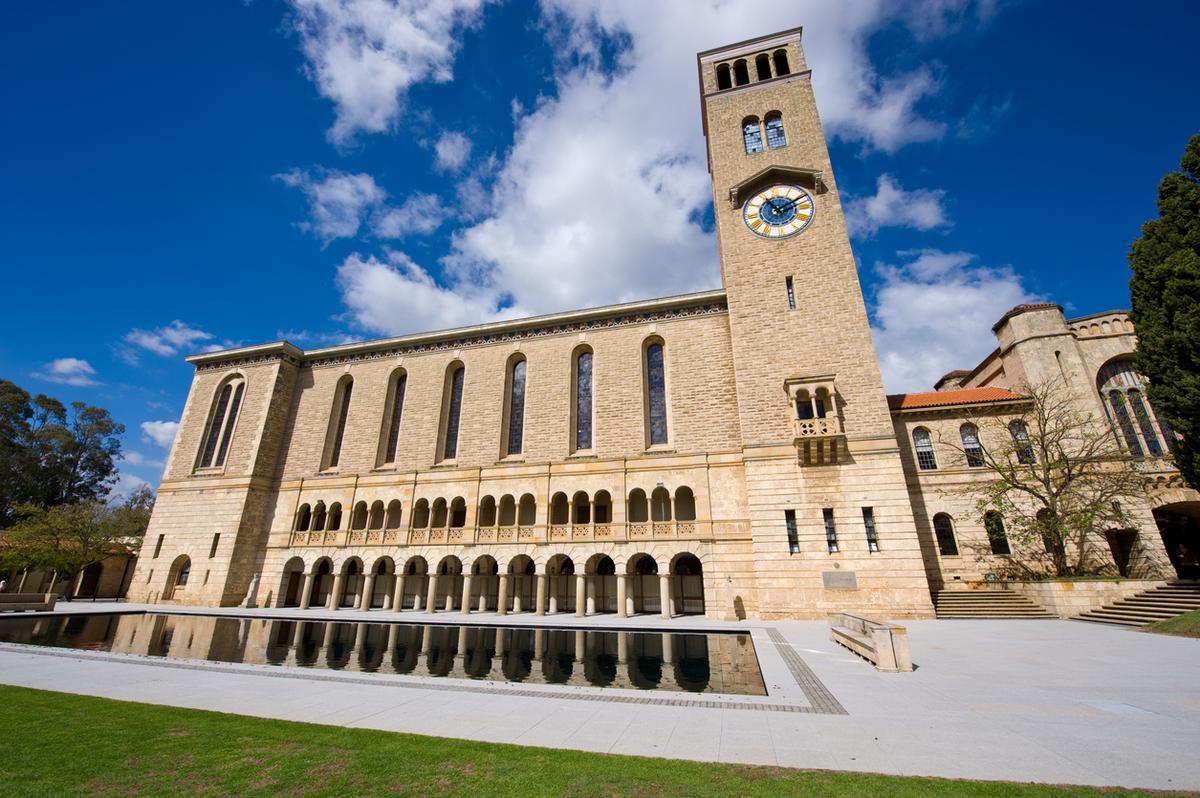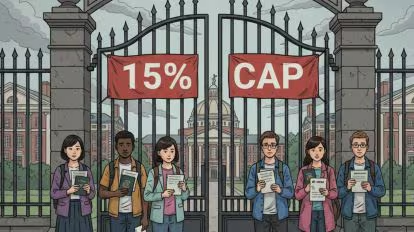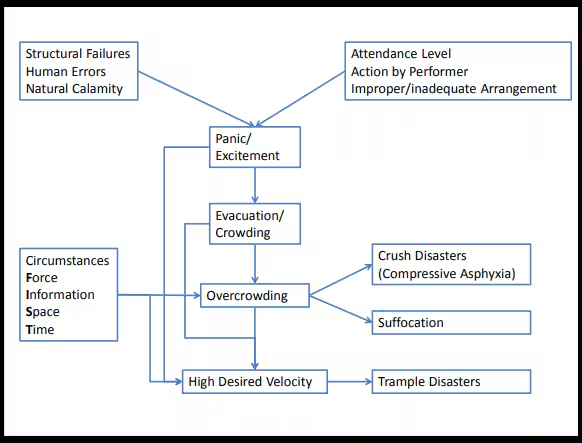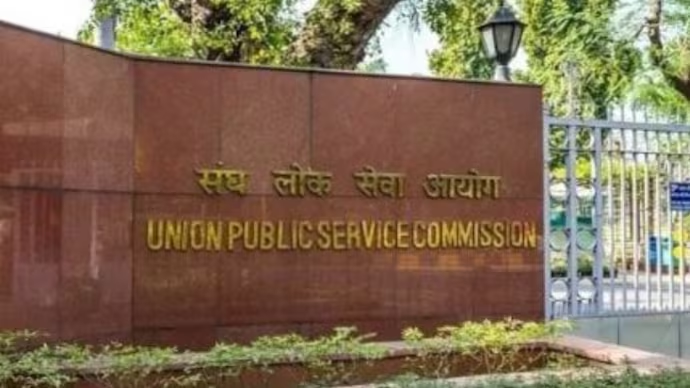Education
UPSC Essentials | History and Culture Subject-wise Quiz Every Day MCQs on Vedic rivers, Indian infantry, and imperial India's translations (Week 111)
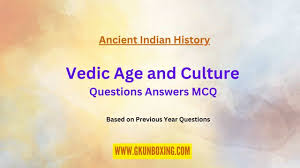

By Kajal Sharma - 21 May 2025 05:30 PM
Are you getting ready for the 2025 UPSC CSE Prelims? You are invited to participate in UPSC Essentials' daily subject-specific quizzes. The purpose of these tests is to assist you in reviewing some of the most crucial subjects from the syllabus's static section. Take the history and culture subject quiz today to see how far you've come.The inscription provides information about how the village assembly, or local sabha, operates. A sabha was a gathering of only Brahmans with specialized committees assigned to certain tasks. The Uttaramerur inscription describes the selection process, the requirements needed to be a member, their duties and responsibilities, and even the situations in which they could be expelled.— Orientalist William Jones released his translation, Institutes of Hindu Law, in 1794, motivated by his judicial experience with legal texts such as the Manusmriti. Jones's effort reflected a larger colonial impulse—the idea that translation should be done by Europeans rather than Indians in order to codify local laws and "purify" Indian culture—as Tejaswini Niranjana notes in her piece Translation, Colonialism and the Rise of English (1990).
"For the British, translation was a project of control," agrees Siddiqi. Statement 2 is therefore untrue.— The translation of the Bhagavad Gita by English Orientalist Charles Wilkins in 1785 marked yet another milestone in colonial translation. According to Jones, this was the "event that made it possible for the first time to have a reliable impression of Indian literature," as Kothari cites in her book Translating India (2014). — Legal reform was greatly aided by Indian social reformers. Gargi Bhattacharya emphasizes how the Hindu Widows' Remarriage Act of 1856 was directly impacted by Ishwar Chandra Vidyasagar's English translation of his Bengali treatise, Marriage of Hindu Widows.





